The grouse, the gamekeepers and the ethics of the shoot
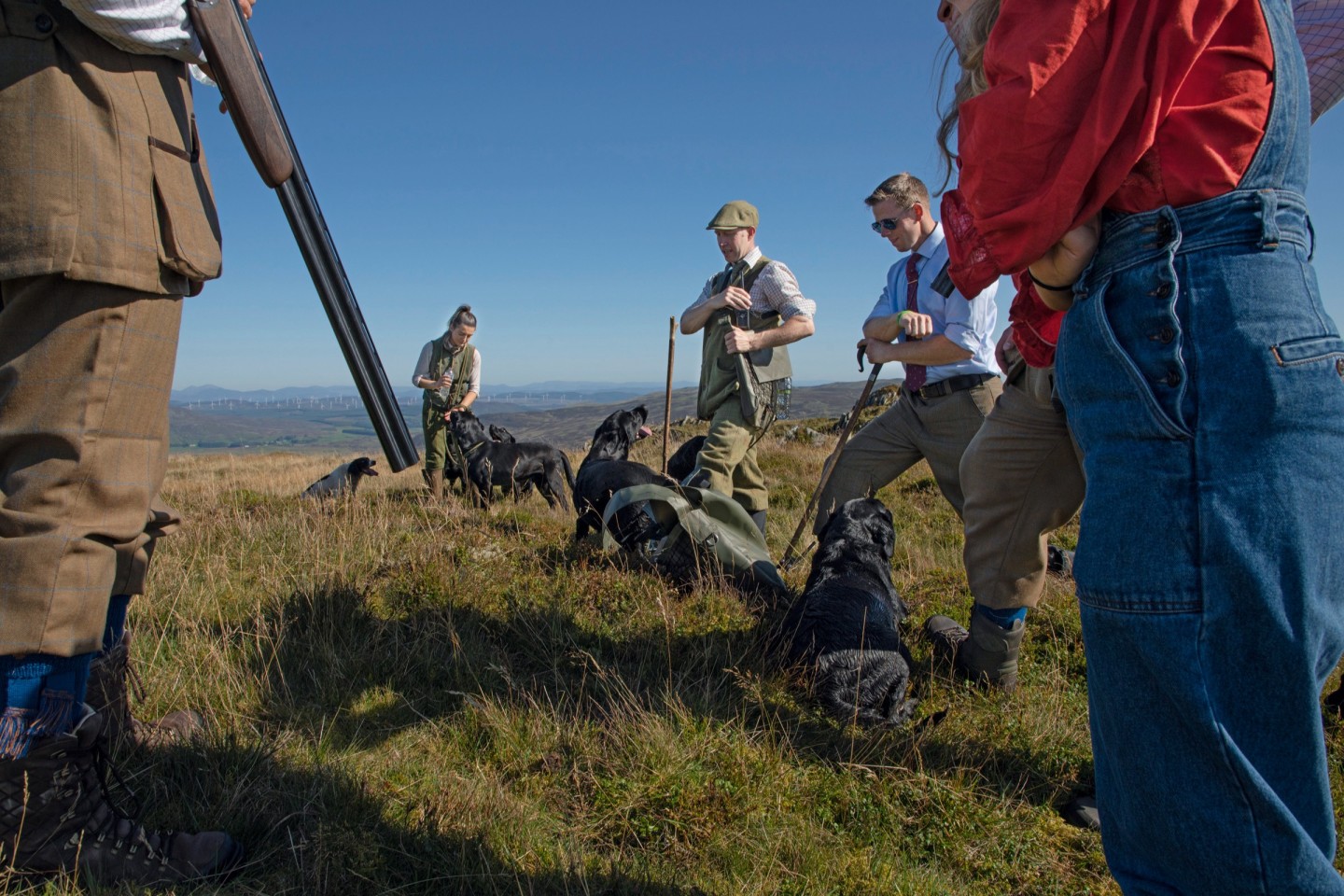
Roula Khalaf, Editor of the FT, selects her favourite stories in this weekly newsletter.
Iain Smith hops through a patch of thigh-high heather, the barrel of a shotgun resting idly on his forearm. “If it looks green and mossy, don’t step on it,” he says. The only way forward is green moss. “Is there another way?” I ask. He shushes me and points to the hill up ahead.
Smith and I are on a grouse hunt. The British way of describing this is “walked-up shooting”, a practice that has been common in the UK since the 16th century, where birds are flushed out as a group crosses a moor. The event has been organised by Scottish country-house hotel Gleneagles, of which Smith is head shooting coach, and includes 10 humans, four guns and eight dogs. So far two birds have been shot: one by the hotel’s marketing director — an event that seems to surprise everyone — and another by its director of leisure, a man whose “wife has banned feathers in the house” and who likes to roast his catch wrapped in bacon.
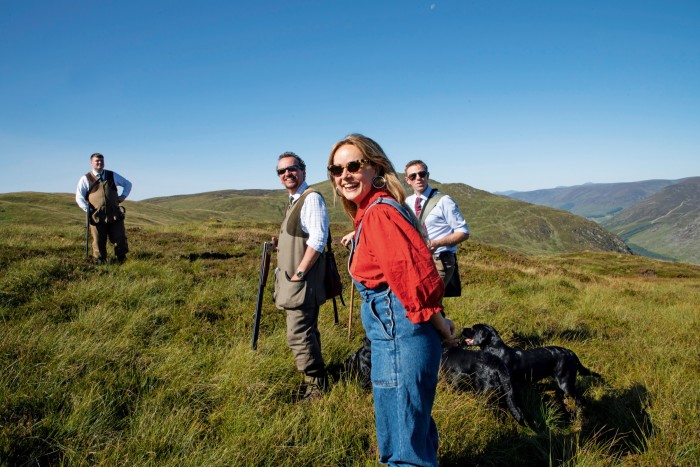
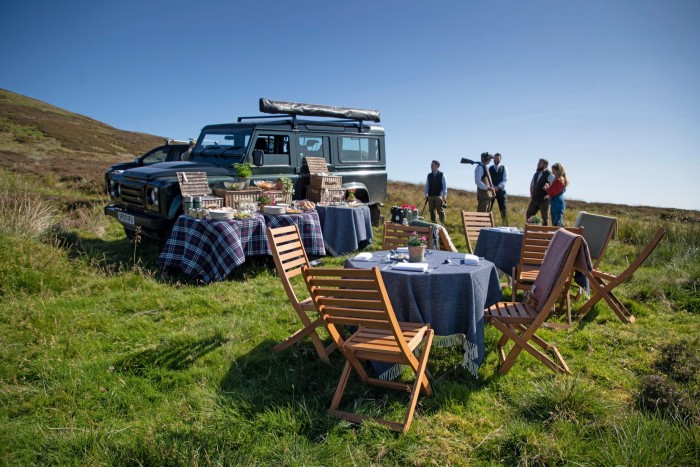
Game shooting, which contributes an estimated £2bn to the UK economy, provokes polarised debate. On 12 August, thousands of grouse shooters start their 121‑day season. Partridge season begins in September; four weeks later is pheasant shooting, with around 50mn non-native birds released into the British countryside over this time. Conservationists argue that creating an optimal environment for these birds — including the burning of moorland heather and grass (muirburn) to encourage new growth for them to eat — is cause for environmental concern. Gamekeepers tell us their work is crucial for maintaining healthy moors.
British shooting is not like that of any other country. The UK is much greedier than most, with some estates offering the chance to shoot hundreds of birds in one day. No licence to kill game birds is required in England, Scotland, Wales or Northern Ireland — the exception is the Isle of Man — and the kill rate has no official upper limit: unlike most events in Europe, game-bird totals are not officially recorded. This passion goes back to shooting’s zenith 100 years ago, when success was measured by the size of a hunt’s bag: a party led by George V holds the record for killing 3,937 pheasants in one day.
Calls for better legislation are, however, mounting. In Scotland, a new bill that aims to manage practices such as muirburn and the setting of legal predator traps is being scrutinised by parliament. A 2020 poll showed that seven out of 10 Scots oppose grouse shooting for sport. “Everything is teetering on an edge,” says Peter Clark, the British Association for Shooting and Conservation (BASC)’s director for Scotland. He compares the new licensing proposals to the government “using a sledgehammer to crack a nut”.
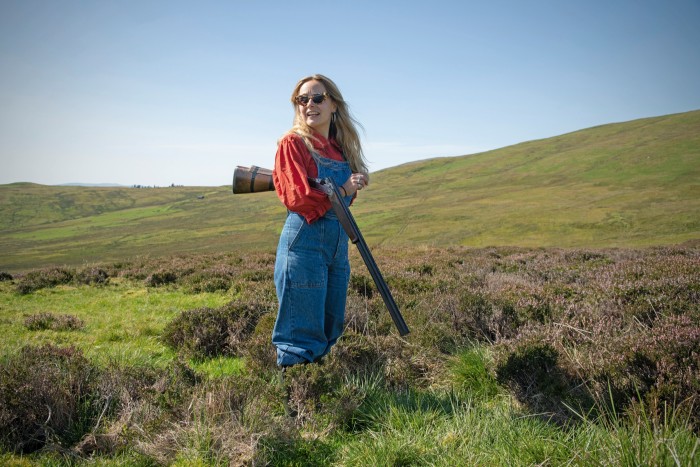
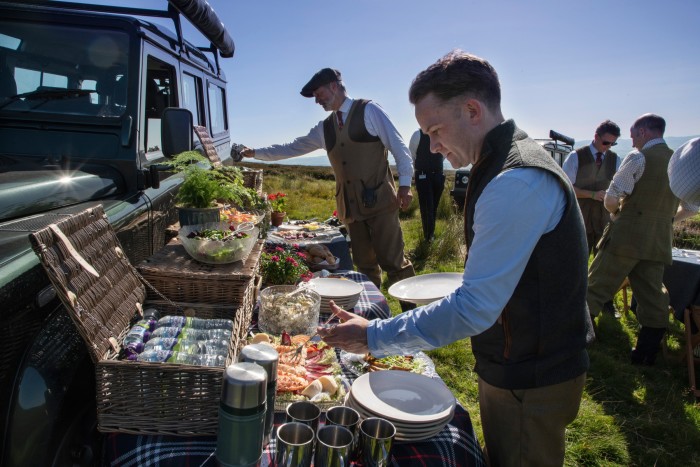
Walked-up shooting is really just a glorified hike, with no paths and unruly heather. But the challenging terrain and cinematic vistas are all part of the charm. Abercairny, the estate that hosts our party, is a place for peering over glens, thinking pure thoughts and making mincemeat of small mountains. It is also a little humbling. “Watch out for your neighbour — they can disappear,” Josh Burton, Abercairny’s head gamekeeper, tells us at the beginning of the day. Too often, distracted game hunters can fall into a bog.
You might ask how anyone ever shoots anything? With difficulty. At one point a grouse settles atop a hill directly in front of us. Smith and I approach cautiously, shotguns at the ready. “This is your one opportunity,” he whispers, almost saucily. The bird is within range for a brief second before gunshots ring out to our left (Colin Farndon, Gleneagles’ director of leisure, of course). One of Burton’s dogs collects it for him. “That’s the end of that one,” says Smith. Never mind. Farndon manages to shoot two birds with three cartridges. “Don’t forget that,” he jokes at lunch while feeding a dog a slice of smoked salmon. Even with the right tutoring, it can take several years to become a competent shooter. Repeat clients at Gleneagles go out up to four days a season.
When not running shoots, gamekeepers like Burton can contribute to crucial conservation management: feeding other species of birds throughout winter months, planting cover crops that provide other animals with food and shelter, and maintaining woodlands and hedgerows. If the sport were to end, the countryside wouldn’t “look like a utopia of Caledonian forest — something from Braveheart”, says Clark. Up to 74,000 people could be out of a job.
As a meat eater, it would be hypocritical of me to voice too many qualms about walked-up grouse shooting. Livestock is the single biggest cause of global deforestation, accounting for 14.5 per cent of greenhouse gas emissions When practised sustainably, game shooting presents a less damaging way to consume meat. The trouble is that nobody can agree on the most sustainable way of doing it.
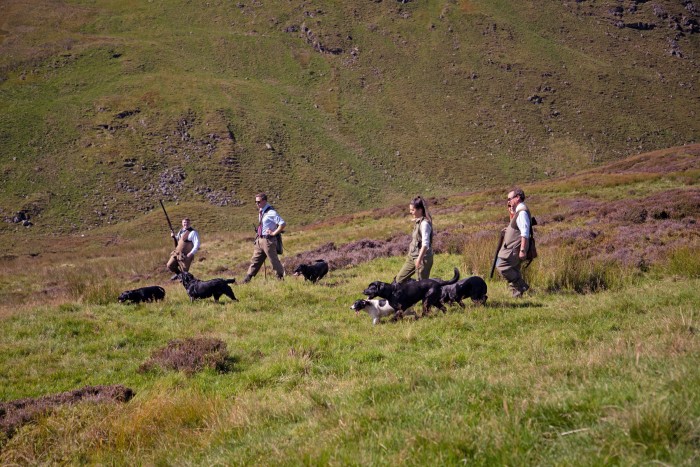
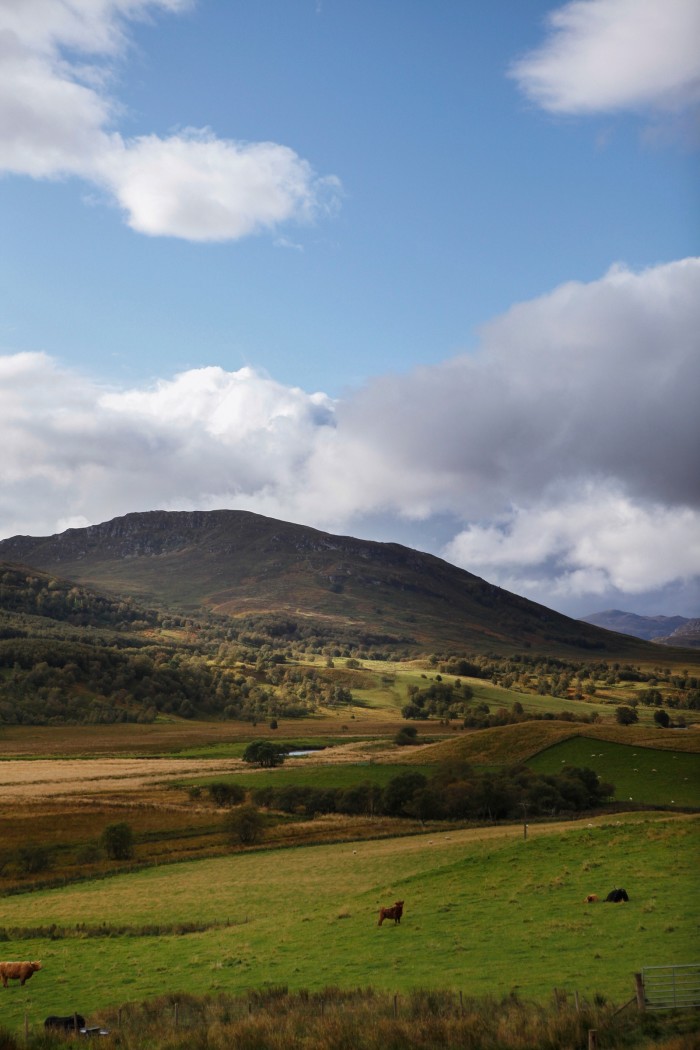
The most controversial debate lies with driven grouse shooting. This is killing on a mass scale, with shooters concealed in grouse butts as swaths of birds are flushed out before their eyes. “That land is being managed to maximise one output — red grouse — at the expense of everything else,” says Jeff Knott, the Royal Society for the Protection of Birds’s director of policy.
Driven red grouse shooting is unique to the British Isles, making it a popular sport for tourists who race to the uplands in their tweed and galoshes. The best estates reportedly charge up to £100,000 for a driven shoot with 10 guns; Abercairny charges from £2,500 for up to eight. Most visitors to Abercairny — around 70 per cent — opt for walked-up shooting. Landowners host private shoots, but the way to make money is to commercialise their land. The bigger the bag, the bigger the impetus to ensure there is enough game for the taking. That requires generating more nutritious patches of heather — which means aggressive muirburn that can release huge quantities of carbon into the atmosphere — and setting predator traps so effective that they snare an estimated 1.7 million collateral animals every year, including dogs, badgers and cats.
But for every potential danger there is rebuttal from an invested party. Gamekeepers claim that controlled muirburn decreases the risk of wildfires by reducing the fuel load that could ignite. The patchwork of different heathers can also provide fodder for various birds.
Grouse butts for driven shooting peek out of the heather at Abercairny; I’m told they are seldom used. At Gleneagles, the emphasis is on “the people and the day rather than the shooting”, a move to a more “experiential” take on the sport that began seven years ago. Guests can send their catch to a game dealer to have it prepared to eat at home. Recently a client sent 11 plucked and clingfilmed partridges to London.
Alongside Smith, outdoor pursuits are headed-up by 29-year-old Nicholas Raby, a former gamekeeper who — in Gleneagles’ eyes — embodies the future of shooting sports. Raby grew up on an estate and spent much of his childhood running around at the landowner’s behest. We meet for an introductory lesson at the Gleneagles Shooting School.
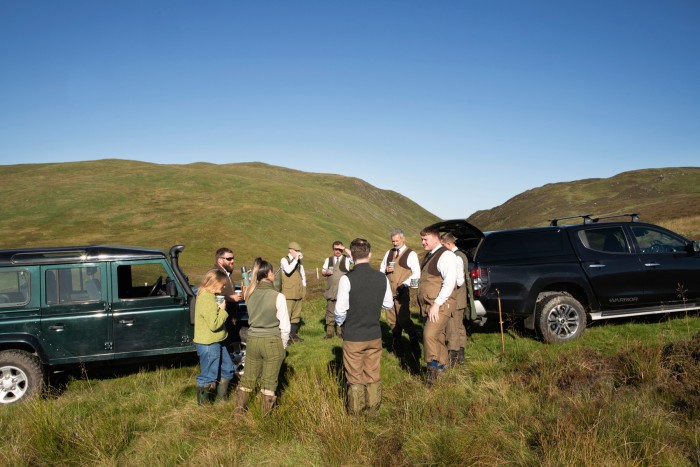
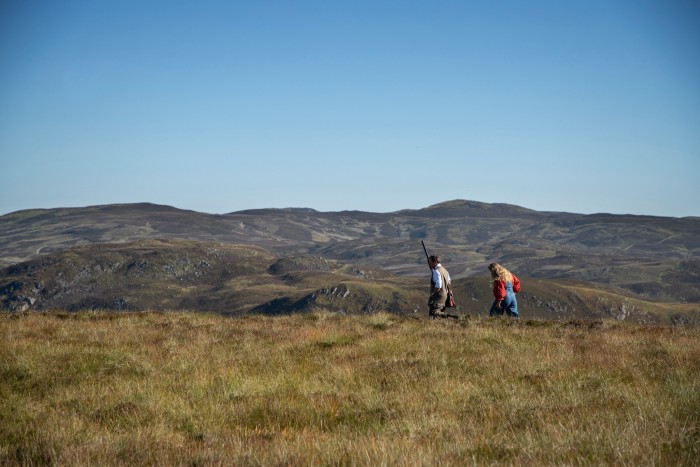
For a sure-fire shot, says Raby, stand with your left leg forward and place 60 per cent of your weight on it. Keep your nose “over your toes’’ and the barrel of the gun pointed upwards. Much like scissors or a knife, waving a gun around is alarming. Instead, keep it broken when carrying it, and only shoot when the bird — clay or otherwise — is above the heather. As soon as the bead on the barrel touches your target, shoot. The recoil is enough to knock your fillings out.
Raby has grand plans for Gleneagles, starting with a transition away from lead shot. Despite being removed from pipes, paint and petrol decades ago, the metal is the preferred choice for most British shooters. A report published by the University of Oxford estimates that up to 100,000 non-game birds die a year from poisoning after eating spent lead pellets; pellets also contaminate game birds with many times the amount of lead that would be legal had they been chickens. (Curiously, game meat does not have a legal lead limit.)
A five-year plan to voluntarily phase lead shot out was introduced in 2020, but the latest reports show that 94 per cent of pheasants sold for consumption were killed using it. Why won’t people comply? Raby shrugs: “Some people embrace change; a lot of people don’t.” In June, the hotel hosted an event for 60 landowners to explore steel alternatives; and it says it is actively working towards all shooting activities eventually becoming completely lead-free.
Resistance to change is a common problem in the shooting community. One of the reasons there is no concrete data on the large-scale effects — positive or negative — of game shooting is that so much of it goes unrecorded. While registration with the Poultry Register, the only formal record of releases across the UK, is a legal requirement for holdings of more than 50 birds, research suggests that it only accounts for a third to half of the number of shooting locations. Add that to an out-of-date “quarry list” of birds that are legal to shoot — 80 per cent of birds on which are currently of conservation concern — and the case against shooting starts to thicken.
There are also issues with raptor persecution — the illegal shooting of protected birds of prey to prevent them from feeding on game. “If there is still [raptor] persecution, the numbers are grossly exaggerated,” says Peter Glenser, a criminal barrister and former chairman of BASC. Yet the RSPB’s latest bird crime report says raptor killings are at a 30-year high. Three years ago, a group of hen harriers were fledged in a nest in Northumberland. Among them was Asta, whose government-funded tag later turned up on a grouse moor; her body was never recovered. That same year, nine more birds of prey were found stuffed down a well in Wiltshire, closely followed by the discovery of six shot buzzards at a gamekeeper’s home in Dorset. In September 2021, another gamekeeper was spotted firing shots at a protected bird of prey before driving off on a quad bike. Some weeks later, a poisoned eagle was found dead on a Sussex shooting estate.
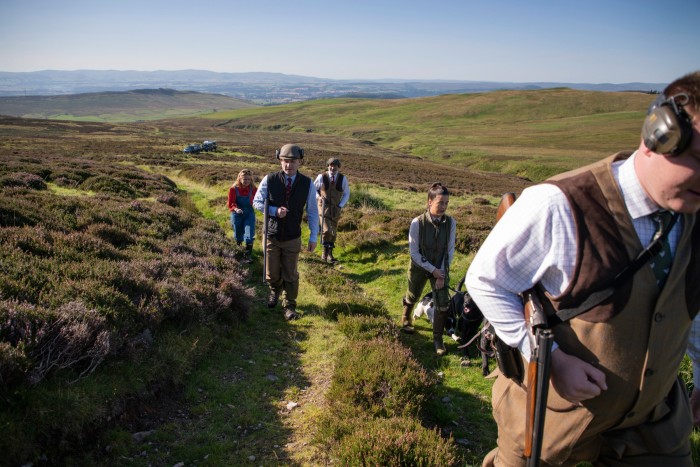
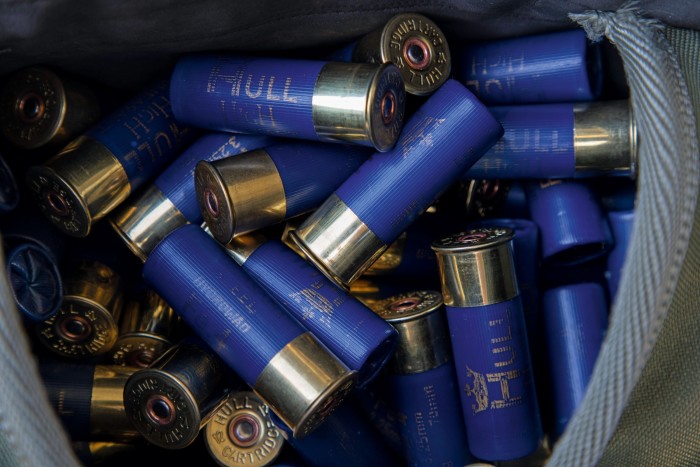
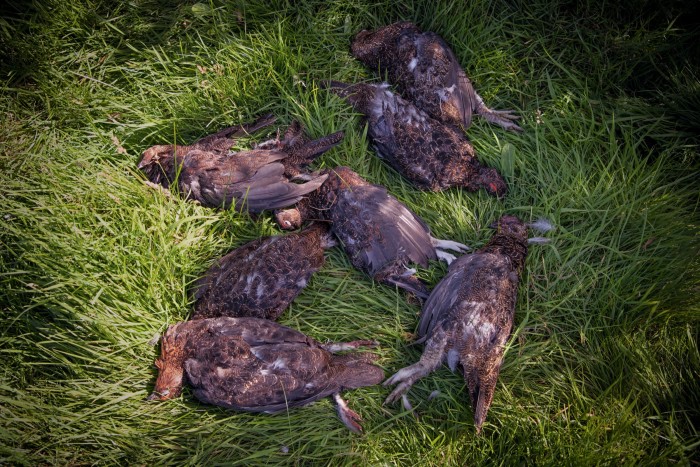
“What we see are these black holes, where birds of prey are notable by their absence,” says Knott. Prosecution, however, remains low — five people were charged in 2021 — and punishment tends to be minimal. The quad-biking gamekeeper was fined £1,575 — which in the context of a £2bn industry is equivalent to a smacked bottom. (Glenser assures me those caught will lose their jobs, licences and homes.)
Raptor persecution is illegal; killing other predators — stoats, crows and foxes — is not. The choices as to which species should be protected from which predators are complicated and controversial. A crow will peck a lamb’s eyes out, given the chance; a stoat will run away with a grouse egg. And there are also benefits beyond protecting game birds: studies show that waders — many of them endangered — breed up to three times more successfully on grouse moors, enjoying both legal predator control and habitat management. Newcastle and Durham universities have even estimated that if gamekeepers stopped work, the result would be 87 per cent fewer curlew chicks. Gamekeepers, I discover, really like curlew.
Rewilding charities would prefer that natural processes were maintained: and that no muir burning or legal predator traps be allowed. “If you’re burning, you’re killing millions of creatures and suppressing vegetation,” says Alastair Driver, director of Rewilding Britain. Instead, he suggests rewetting — increasing the water level under the soil — and introducing small numbers of free-roaming herds of ponies or rare-breed cattle, in part to combat wildfires. Rewilded estates might have high numbers of bison, wildcats and pine marten; restoring native woodland, peatlands and heaths could capture more than 12 per cent of the UK’s greenhouse gas emissions.
There is a common misconception that rewilding means giving land up to the wild. The opposite is true. “What we want is investment,” says naturalist Chris Packham, who hopes to see more walking, foraging, horse riding and other outdoor pursuits. “If land in the UK loses its value, they cover it with sheep, which is just as bad [as driven grouse shooting]. Or they cover it with non-native conifers, which some might argue is worse.”
Walked-up shooting and rewilding efforts can coexist, says Packham, but driven grouse moors generate an “artificial ecology”. “Is there any surprise?” he says to the evidence that waders — many of them endangered — breed up to three times more successfully on grouse moors. “[Game keepers] have killed all the predators. We’d rather see a functional ecosystem that includes the predators that should be living there.”
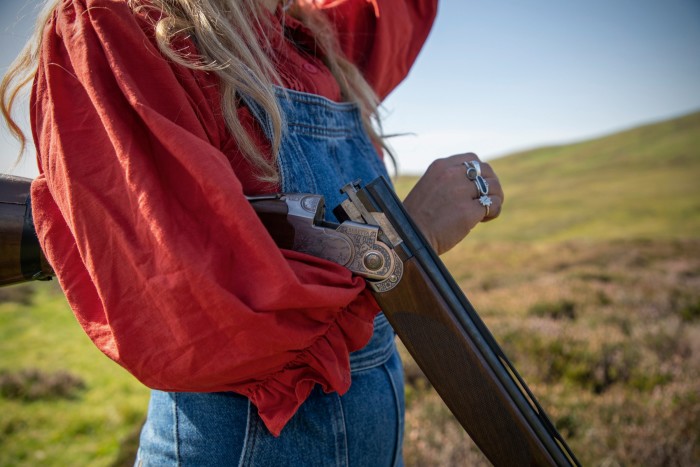
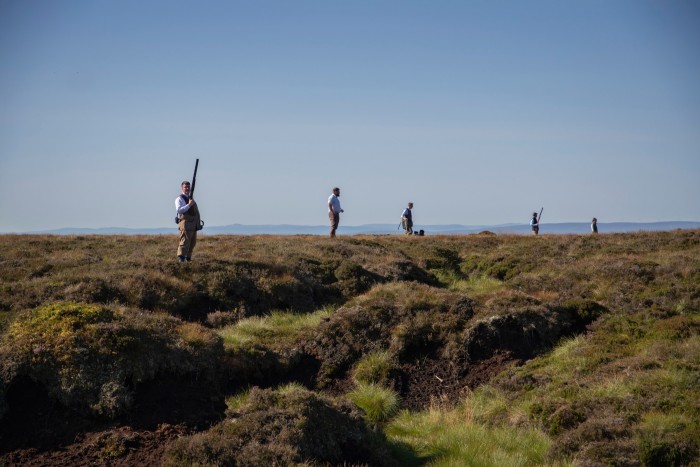
The predators that would belong here are wolves, which disappeared in the UK around the 18th century. Their absence has helped to give rise to an astonishing number of deer, which are damaging new woodlands and reducing the number of small mammals by overgrazing. Deer stalking is one answer — venison is a hugely underrated meat — but professional culling is the most effective form of control. “That’s conservation, unfortunately,” says Packham grimly.
Recently, writer George Monbiot resurfaced his idea of reintroducing wolves to help with the deer problem; Packham says the UK’s “tiny landowning fraternity” — around 25,000 landowners control half of England — would never agree to it. But landowners and their communities might have something to learn from listening to rewilders. “The grouse community often promotes jobs that go with it — but it could be even better,” says Driver. “On grouse moors, jobs come out at about two jobs per 1,000 hectares. Rewilding sites come out at five jobs per 1,000 hectares.” There is an appetite to experience the countryside that goes beyond grouse shooting — and with it new traditions could be made.
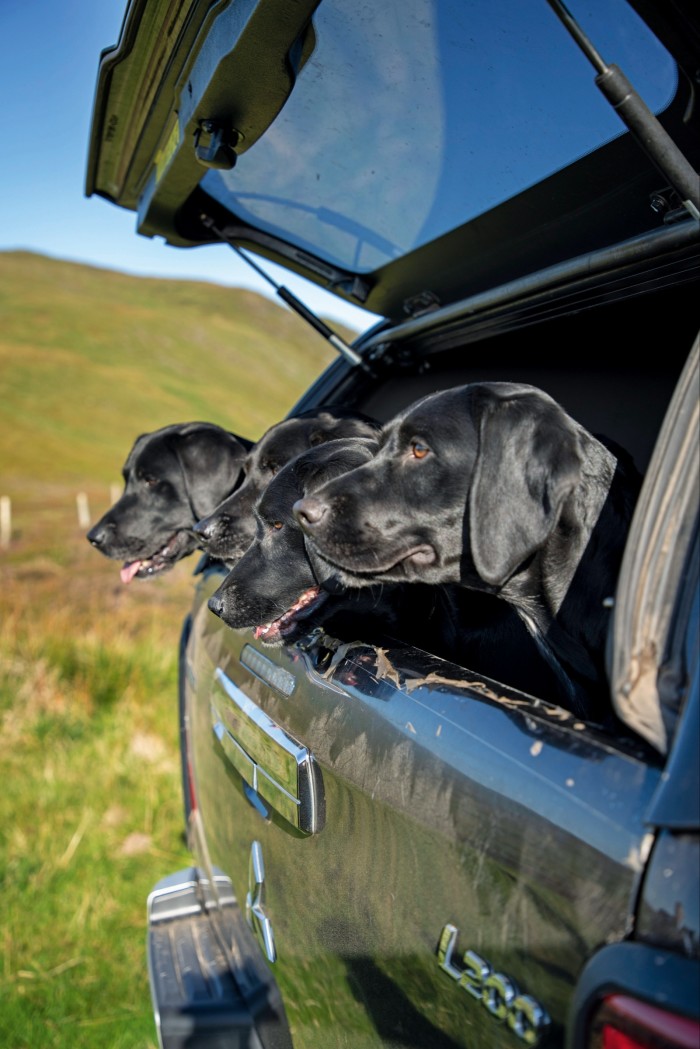
Another of Packham’s gripes is pheasants (which unlike red grouse are not endemic to the United Kingdom, though it’s believed they have been here since the 11th century). At the height of shooting season, pheasants and other non-native game birds — most imported from France, a particular worry in the context of bird flu — are equal to half the biomass of all Britain’s wild birds. Pheasants are greedy for insects, seeds and berries, eating up to one pound of grain per day. And despite the miles of woodland planted to house them, many live in cramped conditions before the shooting season begins. Abercairny buys its pheasants locally and releases them immediately at seven weeks old, but their effect on the ecosystem is a concern. Nigel Hand, a trustee of Amphibian and Reptile Groups of the UK has warned that adders could be extinct within a decade in most of the UK, in part thanks to pheasants feasting on them.
I didn’t end up killing anything at Abercairny. As Raby predicted, we spent more time talking than shooting. I did try the grouse special at Gleneagles’ The Strathearn restaurant though: a tiny bird roasted with morels and parsnip purée. Meals such as this are a superficial pleasure of game shooting; the argument tends to focus on the conservation benefits and the £30mn the sport brings to remote communities annually.
For every plus there is a negative, with the worst problems lying at the extreme, driven end of the sport — the end that has the most to lose. “We’ve now got this situation where you’re pro or you’re anti: that’s extremely unproductive,” says Packham. Heels have been dug in. If protesters are the unstoppable force, shooting is the immovable object. The stalemate remains unbroken.
Rosanna Dodds travelled as a guest of Gleneagles. Rooms start from £575 for two people sharing, including breakfast. Walked-up Game Days start from £1,500 (gleneagles.com)
Letters in response to this article:
Industrial-scale game shooting needs rethinking / From Roger Dunshea, Whitchurch, Shropshire, UK
Butt me no butts about grouse moor management / From Sir Jim Paice, Chairman, Game & Wildlife Conservation Trust, Fordingbridge, Hampshire, UK
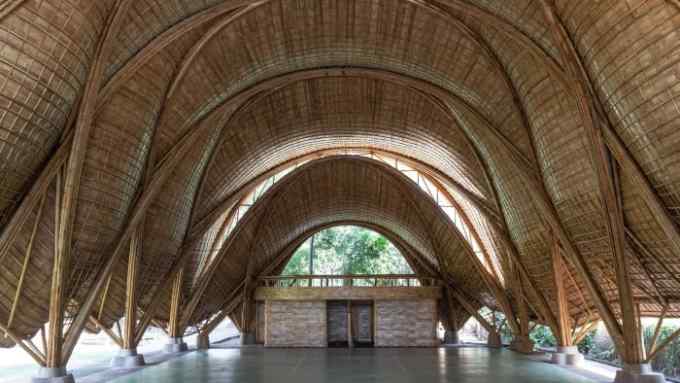
Comments